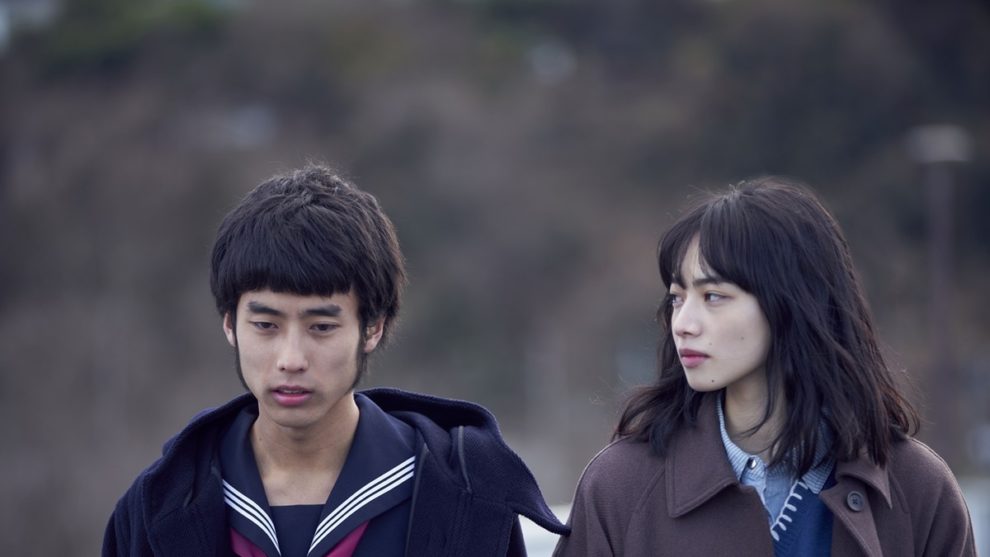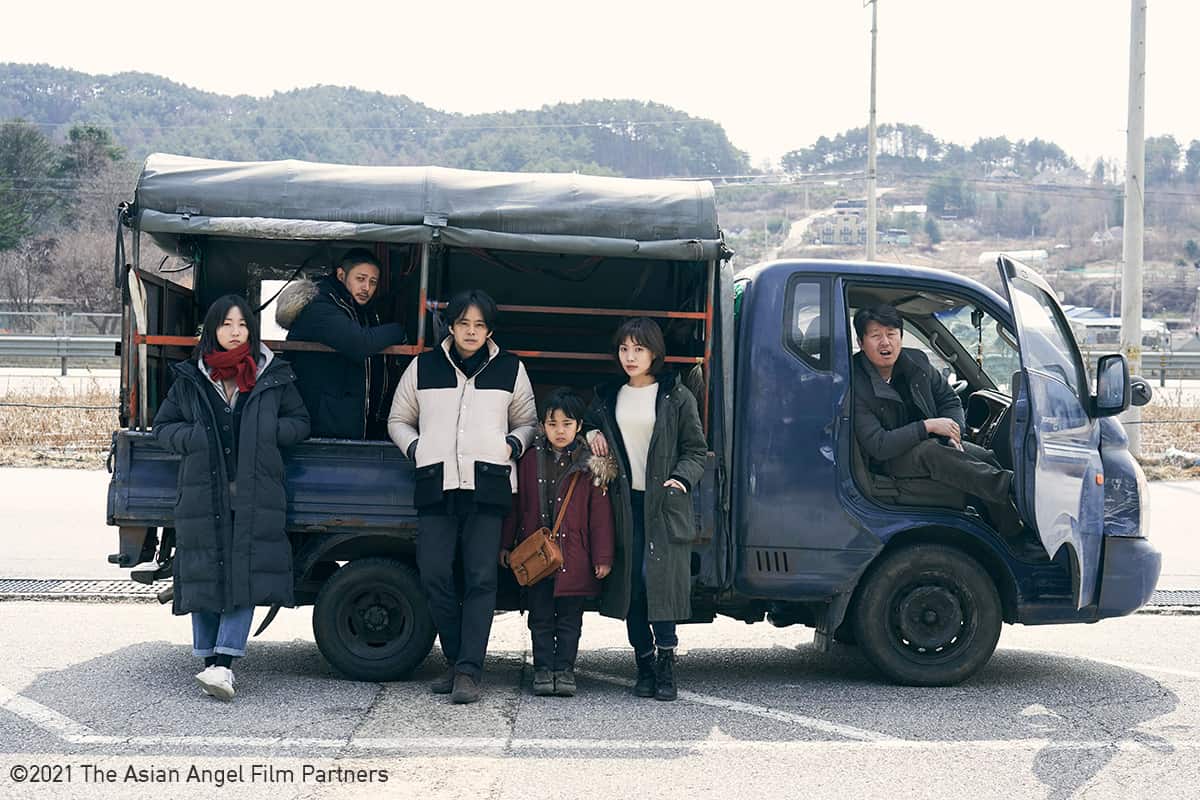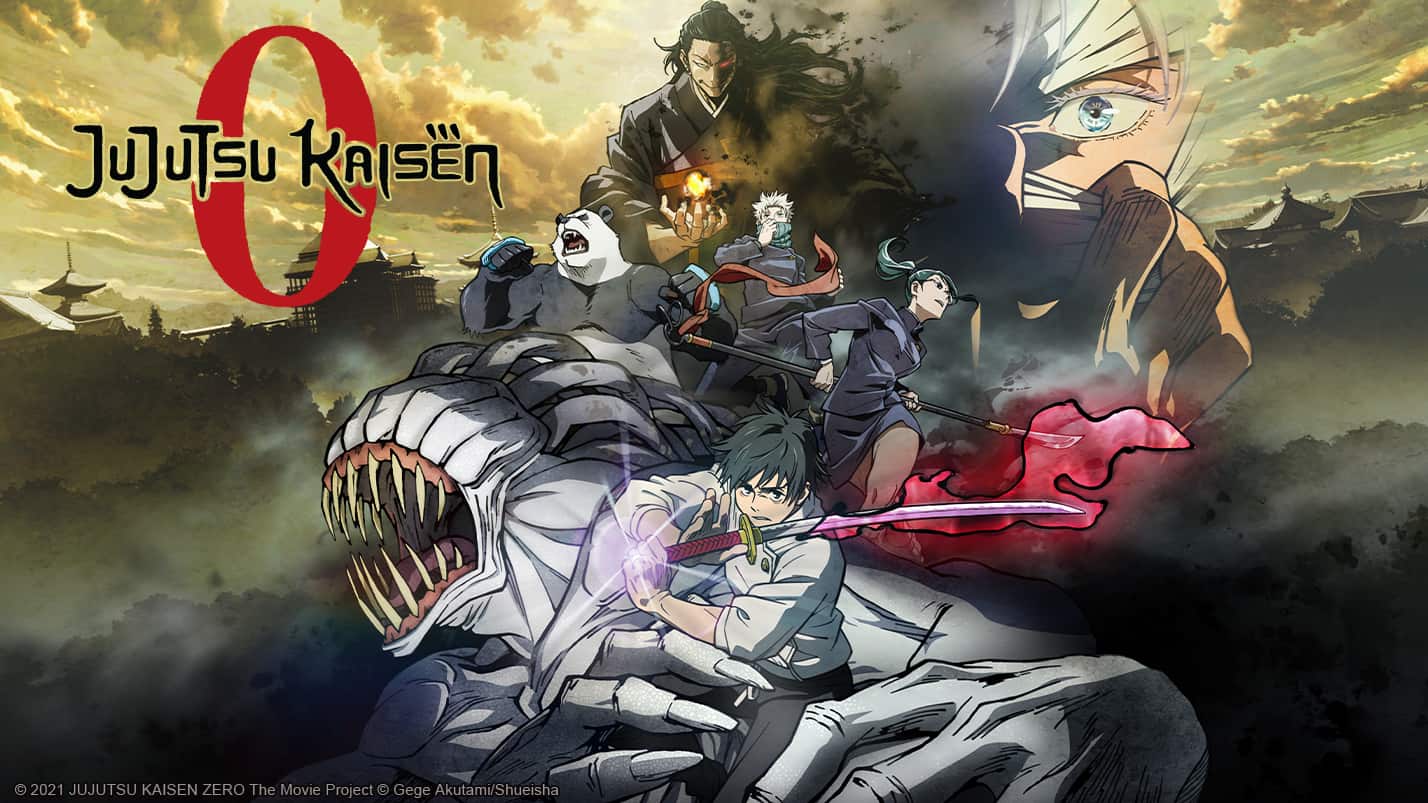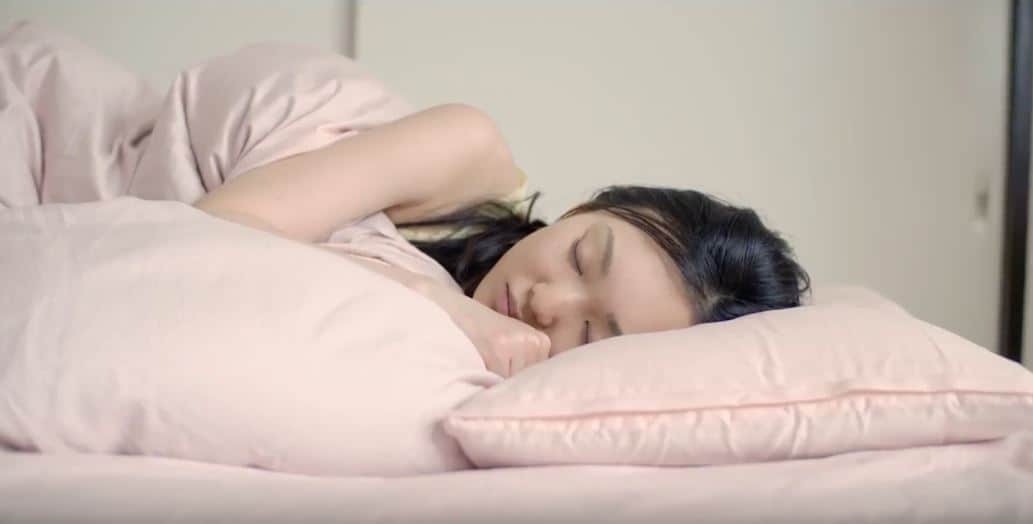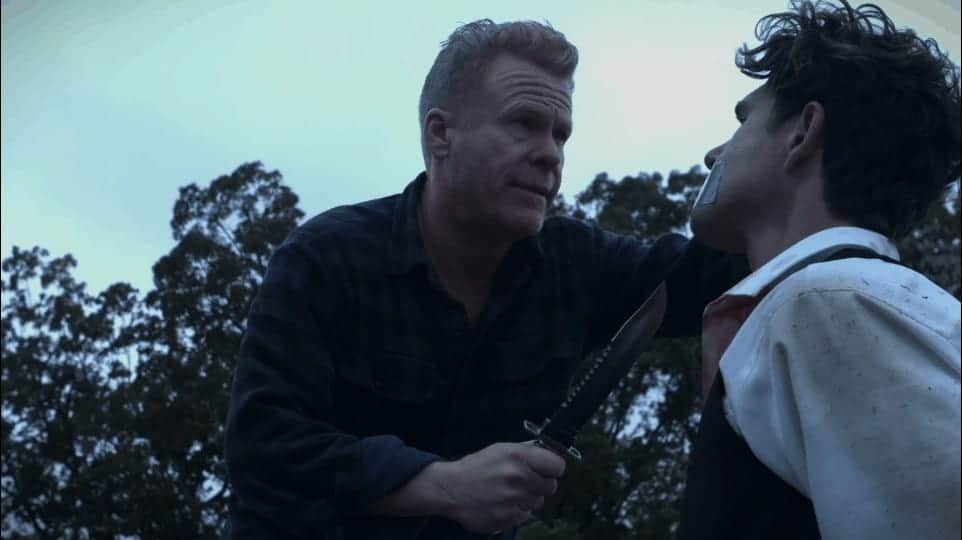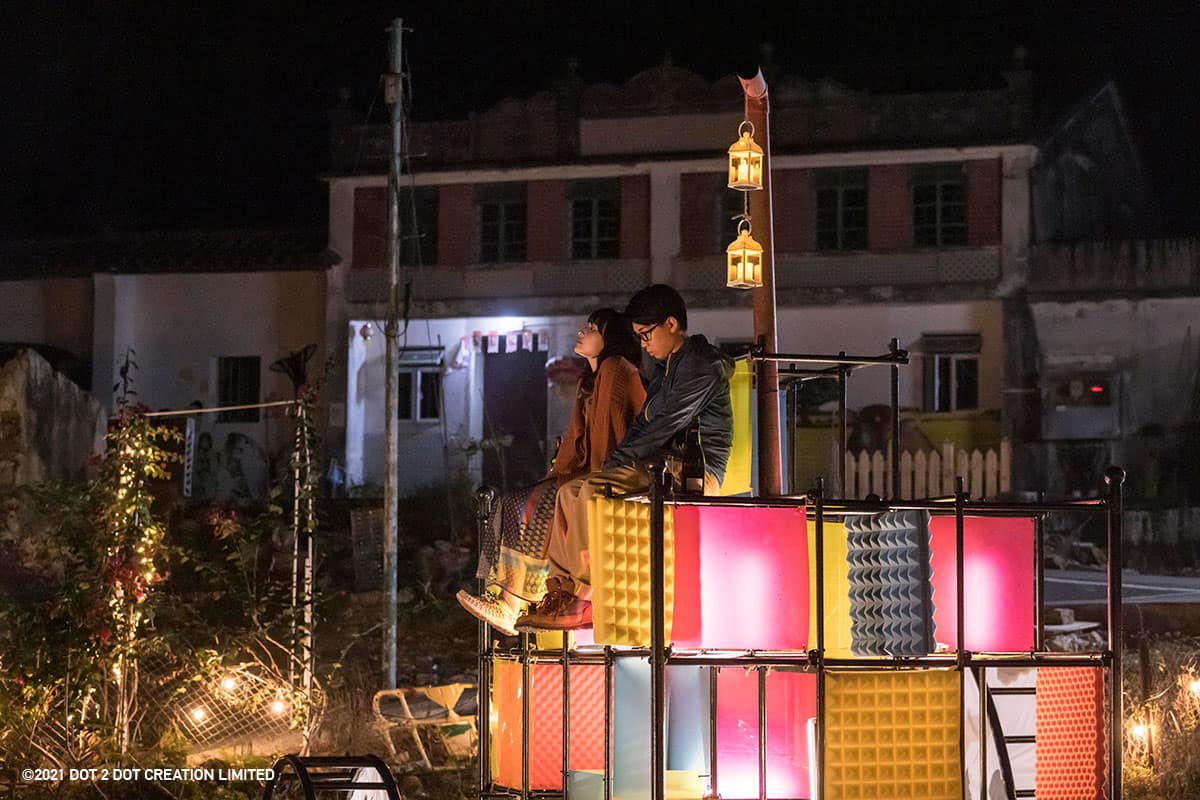The first entirely Japanese-language feature of Edmund Yeo is based on a 1988 short story by Banana Yoshimoto, with the idea seeming brilliant in theory, since the style of the two is a rather good fit. Yoshimoto actually praised the movie on her Instagram account, mentioning that it “is a masterpiece of elegance”, and that “the director painstakingly portrayed beautiful parts of Japan's landscape that even few Japanese can find”. Let us take a more thorough look at the whole endeavor however.
Hitoshi meets Satsuki at night on the banks of a river, after hearing the sound of a small bell. It is love at first sight, and the two fall for each other heads-on. Soon, he introduces her to his brother, Hiiragi, a rather quirky young man who seems to suffer from some kind of narcolepsy and likes to cook for people since he can understand everything about them by the way they eat, and his girlfriend, Yumiko, who has an interest on the paranormal, and particularly the titular phenomenon, which, supposedly, allows people to convene with the dead. The four of them hit it off immediately, spending all their time together, until a friend of Satsuki's who is to move abroad offers to sublet her apartment. Satsuki begins to discuss moving in together with Hitoshi, but around that time, he and Yumiko are killed in a car accident. Filled with grief, Hiiragi starts wearing Yumiko's clothes wherever he goes, while Satsuki submerges herself into an intense physical training routine. Nothing seems to help however, until the two meet Urara, a mysteriously black-clad woman who seems to exist somewhere between the real and the supernatural world, and collects recordings of people revealing their deepest secrets. The film actually begins with Satsuki talking to her, before it goes back in time in order to catch the thread of the story from its beginning.
Edmund Yeo captures a number of the main elements of Yoshimoto's style, with the combination of realism with surrealism, the focus on the mundanity of small details of everyday life, the lack of action, the unusual characters and the somewhat open-ended finale being the most evident, in a cinematic style that seems to follow the majority of the “rules” of the Japanese indie, which actually includes many of the elements also featuring in the author's works. In that fashion, and in addition to the aforementioned aspects, the pace is slow, the quirkiness evident, the humor subtle, and the characters eccentric but also quite relatable.
Apart from the aforementioned recurring elements, however, the narrative, although its main element becomes grief and the ways to cope with it after a point, is actually split in two parts, with the accident providing the dichotomy. The first part is filled with brightness, courtesy of Kong Pahurak's cinematography, cheerful dialogues, smiles, and the permeating love of both couples actually, with the domino scene cementing this approach in the most eloquent fashion. The second part is more bleak, with the protagonists' sorrow filling the context, despite the amusing quirkiness of Hiiragi, while the smiles and brightness are nowhere to be seen. This antithesis works quite well for the narrative, also due to Pahurak's approach in this part, with the visual beauty, in the way the bank of the river is captured in particular, being more intense, adding even more to the difference between the two segments.
Also of note is the way the concept of food is implemented, with the first part showing the protagonists eating in joy, while in the second, Satsuki cannot find the appetite to even taste anything. The idea of eating also provides the catharsis here, in a rather appealing approach towards the culinary element.
At the same time, however, Yeo did not manage to escape the most annoying clutches of Japanese indie, with the movie lagging significantly, occasionally in a manner that could also be described as self-indulgent, particularly through some dialogues and an almost forced sense of mystery, mostly deriving from Urara, whose character's writing is rather faulty.
On the other hand, the presentation of the two remaining characters is quite good, benefiting the most by the acting of Nana Komatsu as Satsuki and Himi Sato as Hiiragi, both of which portray their roles with artistry, while exhibiting impressive chemistry. The former in particular is impressive on occasion, with the tension she exhibits through her seemingly detached facade, and the eventual release, being among the highlights of the movie.
Edmund Yeo is getting better and better with each movie he directs. His implementation of the atmosphere, the presentation of the narrative and the overall aesthetics all border on being excellent. He just needs to work a bit on some details and maybe try to avoid some of the norms (particularly of the Japanese cinema) in order to come up with a masterpiece, something I predict will not take long…


